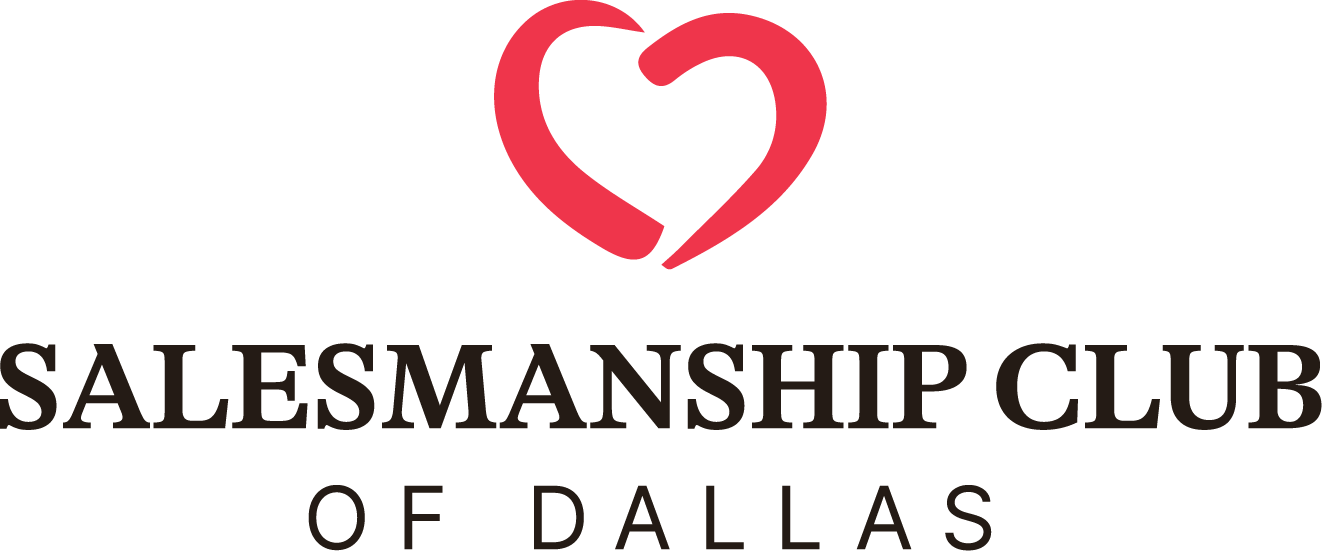Originally Published by KERA News
This story discusses mental health and data related to suicide. For resources and support, call 988 to reach the Suicide and Crisis Lifeline, or text HOME to 741741 to connect to the Crisis Text Line.
The hallways of Momentous School in Dallas are relatively quiet for the second week of school. Around every corner, kids in the elementary school classrooms are taking the MAP test, a standardized test that teachers use to gauge students’ learning level at different points in the school year.
There’s a steady hum of focused energy down the hallways. Third-grader Prisha Patel, 8, took the math MAP test earlier that day. But she really wants to talk about breakfast.
“I had waffles for breakfast,” she said. “It was so good. Waffles, they’re hard. I want them soft, but they still taste good.”
She wasn’t stressed at all about the test, which she said was fun. At the start of the day, she talked with a partner about what would encourage them in the MAP test, going over what tricky questions might show up.
The class also incorporated breathing exercises—big inhales and exhales to get energy out and regulate their nervous systems.
“When we’re like, excited after we talk with our partners, it helps us calm down,” Patel said, “and then we start our day.”
Social-emotional learning at Momentous School
The breathing exercises are just one part of Momentous School’s social-emotional learning (SEL) curriculum. The school approaches SEL from a mental health perspective, which executive director and clinical psychologist Jessica Gomez said is all about people’s ability to understand themselves and the world around them.
“I had to go to graduate school to learn all those skills,” she said. “But our children here, they start that [in] Pre-K. They’re learning about their brain, about their emotions, about relationships.”
SEL instruction includes lessons on how the amygdala processes anxiety and emotions, and how the prefrontal cortex processes experiences and plans actions. For example, Gomez said, a mental health professional might give a presentation to fifth graders on healthy relationships, where kids would apply that lesson through a group activity.
“It’s not a technique you pick up off the shelf, and then you do for five minutes of the day,” she said. “We really believe it’s part of who you are.”
SEL also allows teachers to approach behavioral problems from a place of curiosity, Gomez said, rather than something that’s disruptive or needs to be punished.
“We call it ‘chasing the why’ versus making an assumption,” she said. “Oftentimes, we find that all behaviors communicate an unmet need. And so, our job is to figure out what it is to meet it.”
The framework for social-emotional learning started back in 1968, when James Comer piloted a school project in Connecticut through the Yale Child Study Center.
According to an article in the Yale Journal of Biology and Medicine, Comer found that some schools in New Haven were performing poorly because they weren’t focusing “on the child’s development,” and needed to help kids learn “life lessons that are necessary for success in both school and life.”
He and other researchers helped the elementary school staff focus on the “whole student,” which involved conflict resolution skills and self-esteem.
This eventually led to the foundation of the Collaborative for Academic, Social and Emotional Learning (CASEL) in the 1990s, a nonprofit that evaluates and standardizes SEL curriculum across the United States. About 90% of school districts have some form of SEL, and CASEL partners with districts to implement SEL in classrooms.
Years of research show SEL improves academic performance, even into college, and helps create a sense of belonging and emotional stability for kids.
More than 20 districts across the United States, including three in Texas—El Paso, Austin and Dallas—are also part of a collaborating district initiative through CASEL to scale and study SEL impacts on teachers, kids and families.
